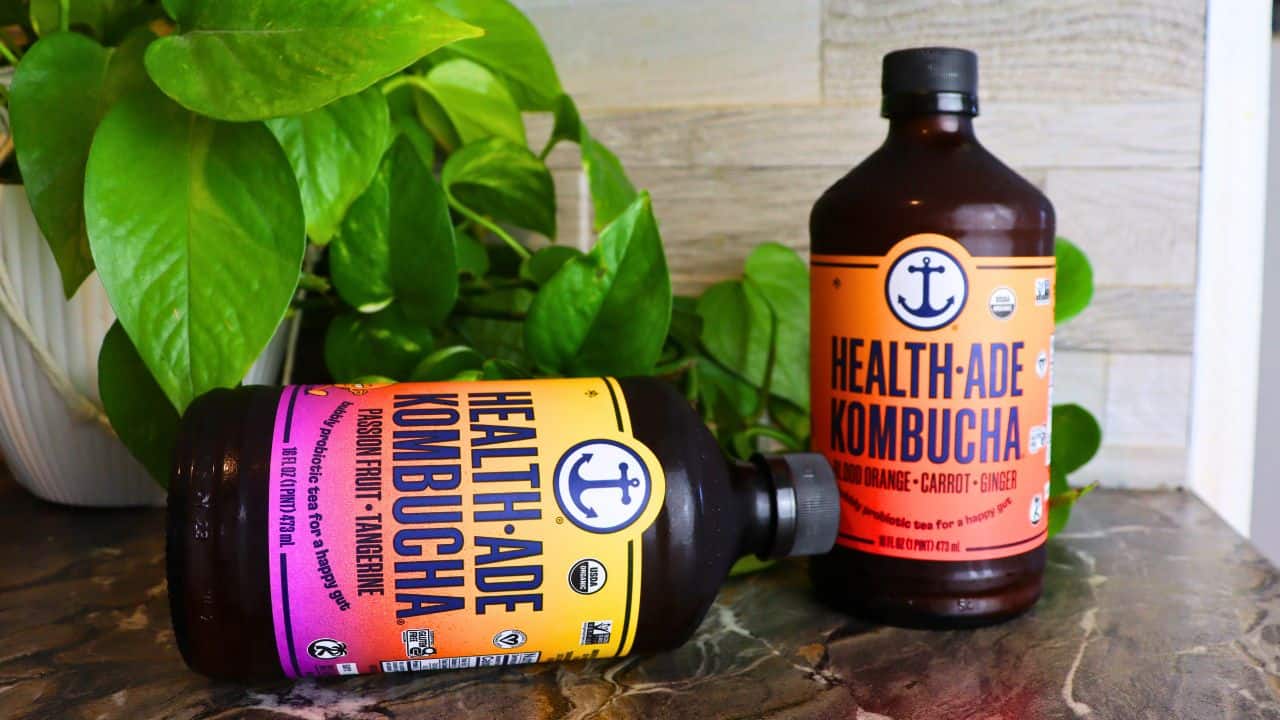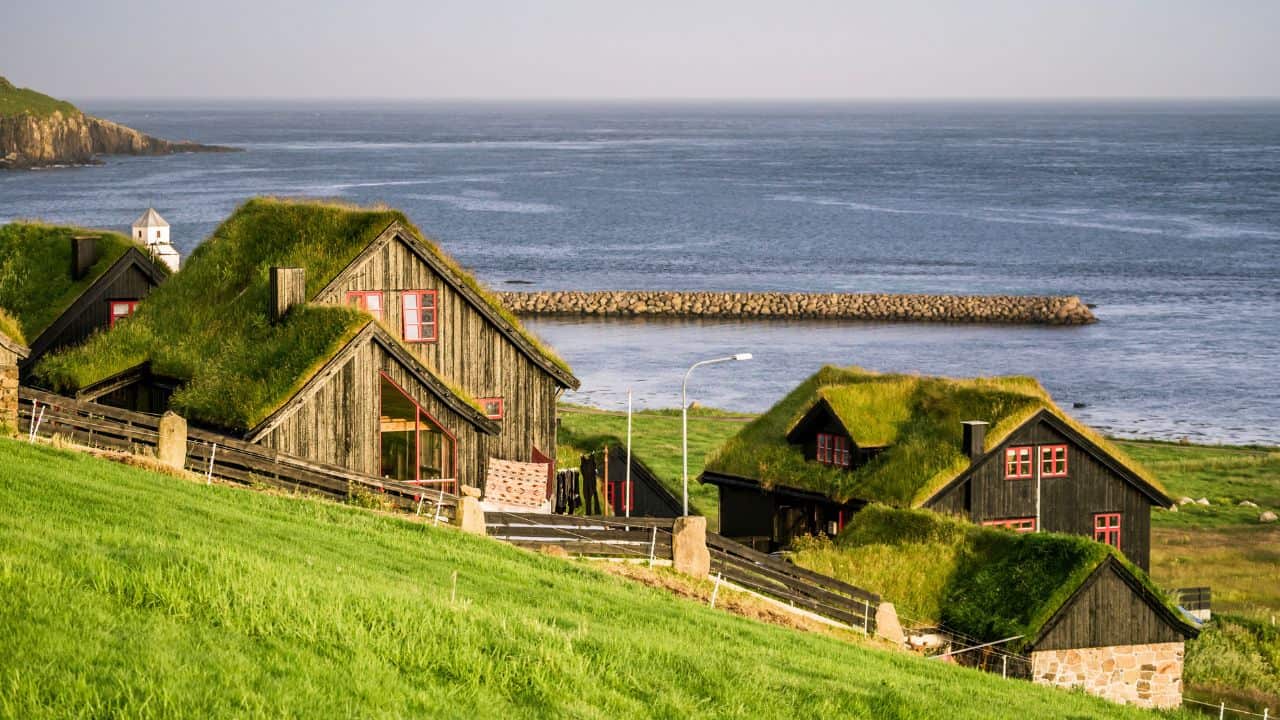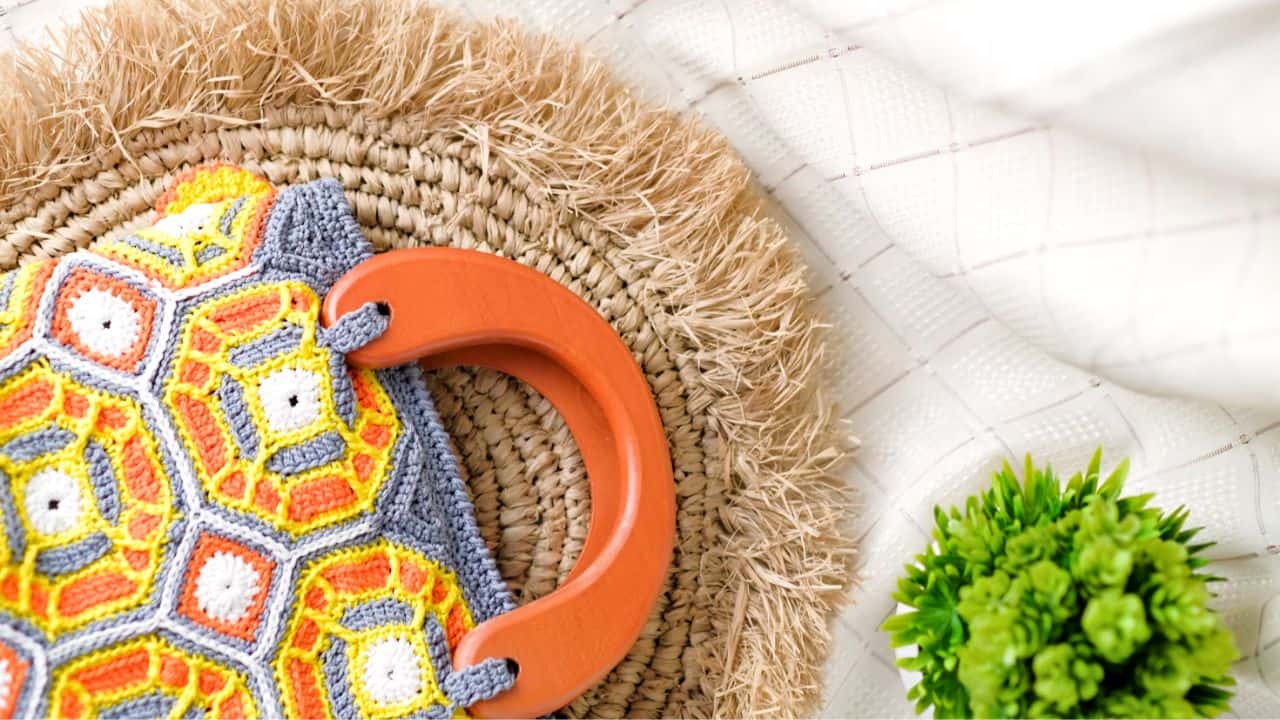Concern for the environment is understandably a hot topic right now—and in the realm of beauty, sustainability hasn’t always been the industry’s highest priority.
But with more green cosmetic products and sustainable beauty offerings hitting the shelves and becoming more widespread, many beauty and skincare brands are taking steps to be more environmentally conscious.
So what is sustainable beauty and what does it actually mean?
Read on to find out more about clean beauty and the steps you can take to build an ethical skincare routine.
Exploring Ethical Beauty & Easy Tips To Get Started
What Is Eco-Friendly Beauty?
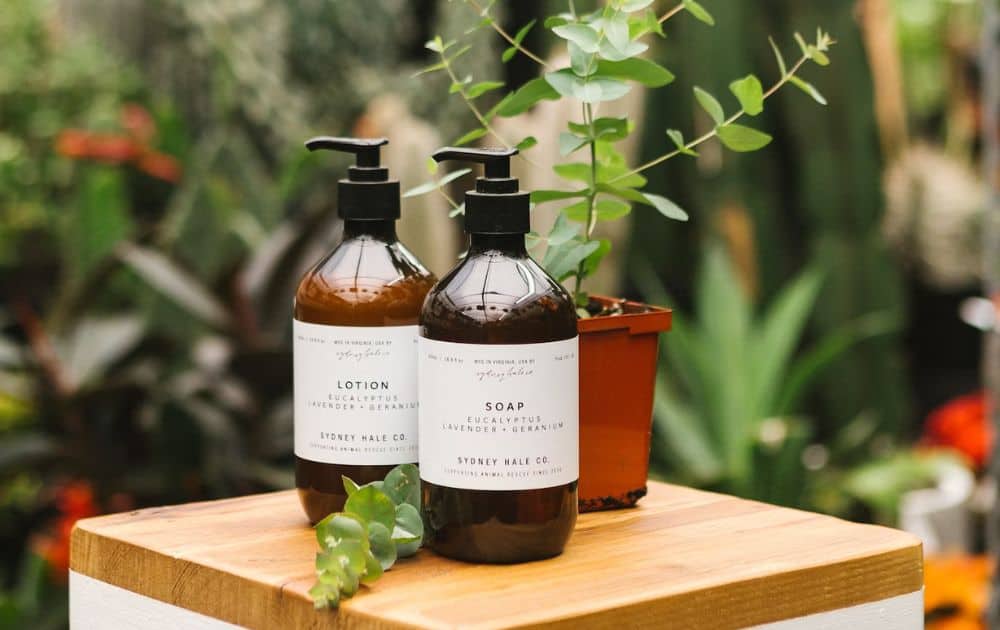
The beauty and skincare industries have a notoriously negative impact on the environment, contributing to pollution and draining the planet’s natural resources in a number of ways.
Unwittingly, consumers only seem to exacerbate the problem by creating a bigger demand.
So how can we make beauty sustainable?
On a surface level, sustainable beauty is a holistic approach to ensuring all aspects of the industry have a net positive impact on people and the planet.
Sustainable beauty is a comprehensive approach to personal care and cosmetics that prioritizes environmental and ethical considerations.
It involves choosing products from brands that champion eco-friendly sourcing, manufacturing, and non-plastic packaging, or supporting cruelty-free brands and embracing conscious consumption, promoting longevity, and minimizing waste.
Sustainable beauty brands harmonize personal well-being with environmental responsibility, creating a beauty culture that goes beyond skin-deep considerations.
They pay fairly for their ingredients and regularly audit their supply chains through third-party organizations such as COSMOS Organic and Fairtrade International.
These beauty brands consider their product’s end of life by developing packaging that can be reused or recycled.
They encourage consumers to use up their products before buying new ones and limit the number of products they release a year.
Sustainable skincare brands ensure each beauty product they make is biodegradable and don’t threaten marine life when they end up in waterways.
They only use certified cruelty-free and organic ingredients to uphold animal welfare throughout the supply chain.
So, what does all this mean in practice?
Let’s break it down further.
What We Look For When Defining Ethical Beauty Products
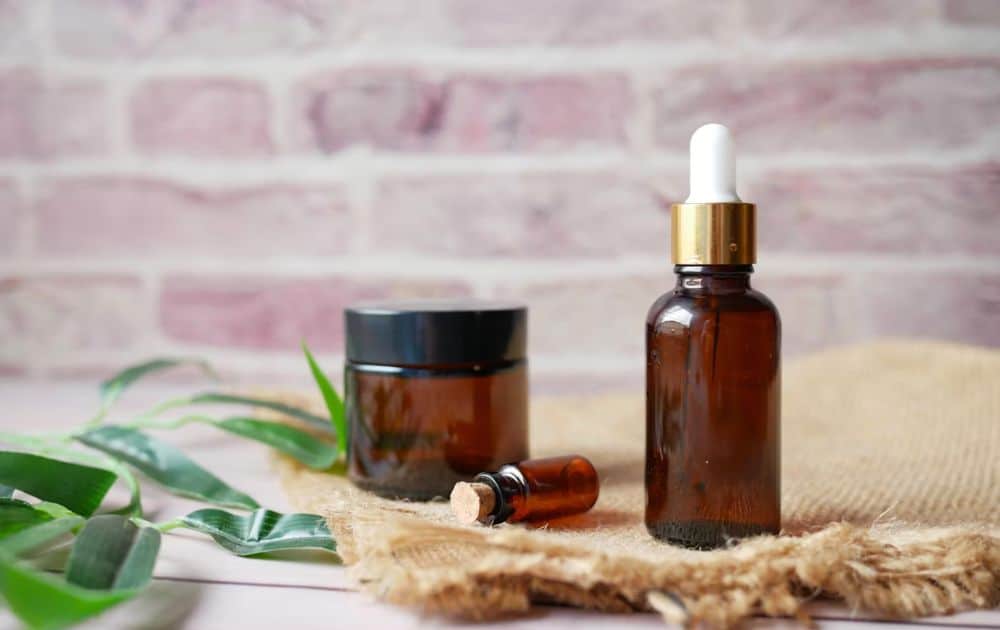
How can we identify which beauty brands are not sustainable and which are?
There’s a lot of confusing messaging out there, and sustainability in beauty is rife with greenwashing.
To help us separate genuine ethical makeup from unsustainable brands, we have created a list of criteria that looks at all areas of a brand’s business to see how they measure up.
1. Non-Toxic Ingredients
Toxic chemicals in your skincare get washed down the drain and end up in the ocean, damaging fragile ecosystems and killing aquatic life.
One big example is the effect of oxybenzone and octinoxate in chemical-based sunscreen, which contributes to coral bleaching.
Sustainable beauty ingredients are non-toxic to humans or the environment. They’re free from synthetic chemicals like parabens and phthalates, preservatives like formaldehyde, and chemical-based fragrances.
2. Cruelty-Free
What is ethical beauty if not cruelty-free at the very least?
Animal testing is a feature of the cosmetics industry despite not being a requirement for many countries around the world. It’s now illegal in the UK, EU, India, Australia, New Zealand, Turkey, Switzerland and Norway.
Some US states, including California, Hawaii, Illinois, Maryland, New York, Virginia, Maine, Nevada, Oregon, Louisiana, and New Jersey, have passed laws banning the sale of animal-tested cosmetics.
This is undoubtedly a positive step in the right direction. However, the term ‘cruelty-free’ still has an ambiguous definition.
Cruelty-free applies to the finished product. A beauty product labeled cruelty-free might not be tested on animals by the manufacturers, but its individual ingredients from the suppliers might.
The sad truth is the majority of skincare ingredients have been tested on animals at least once.
Certifications can help us identify cruelty-free skincare with no animal testing in sustainable production. Ones to look out for include Leaping Bunny, PETA, and Choose Cruelty-Free.
Animal welfare is also a concern in the beauty product’s afterlife. It washes off our skin and enters the waterway, bioaccumulating in marine life.
3. Vegan:
We choose sustainable cosmetics that don’t contain any animal-derived ingredients.
In some cases, brands may use beeswax or honey. These ingredients must be ethically obtained without harming bees. Ideally, they should also provide 100% vegan beauty alternatives to give customers a choice.
Vegan products can still play their part in harming wildlife. As mentioned above, chemicals can bioaccumulate in waterways.
Products can also contain non-organic ingredients or palm oil, which is responsible for the damage to millions of species.
Certifications like Vegan Society, People for the Ethical Treatment of Animals (PETA), and the Vegan Trademark are the best way to be sure a beauty product is truly animal-friendly.
A misconception in the beauty industry is that vegan beauty is cruelty-free as it doesn’t contain any animal-derived ingredients. Right?
Sadly not. Some vegan products may fall into the ethical gap between the two and may still be tested on animals. When choosing vegan ethical cosmetics, we always like to ensure they’re certified cruelty-free too.
4. Palm Oil-Free
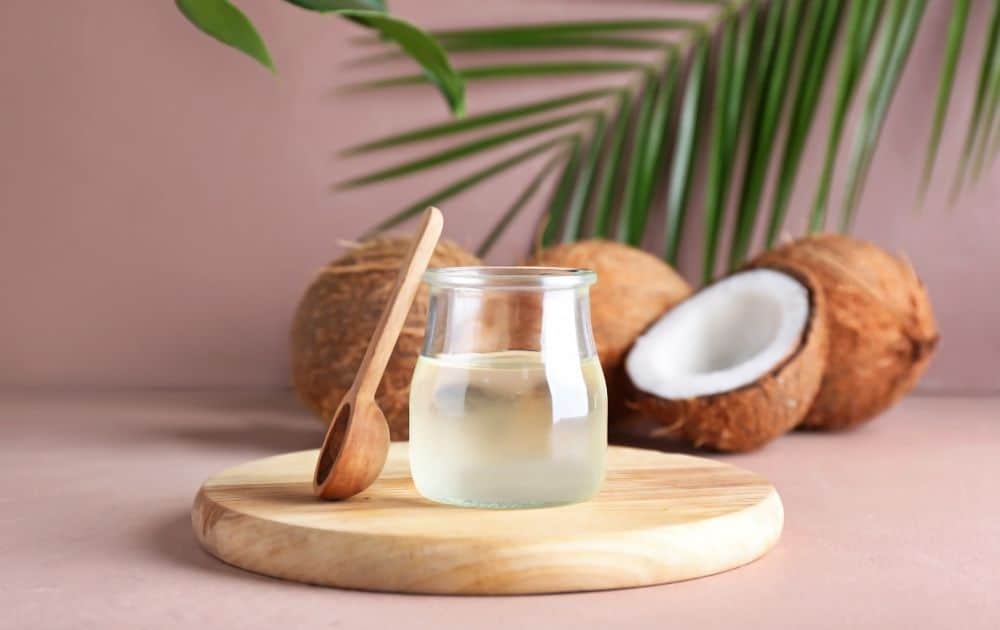
Natural ingredients are popular in sustainable personal care products. However, the term ‘natural’ is not always good news if they’re unethically sourced.
Popular ingredients such as unsustainable palm oil contribute to widespread deforestation and climate change.
Palm oil is in approximately half of all consumer goods, not just skincare. However, it’s not a matter of simply boycotting palm oil, either.
Alternative oils like rapeseed, soybean, and coconut require more land and resources for the same yield. Switching our reliance on any of them could have worse environmental consequences.
Ideally, green beauty cosmetics shouldn’t contain any palm oil. If necessary, Roundtable on Sustainable Palm Oil (RPSO) is acceptable.
5. Organic
Organic means that naturally derived ingredients are grown and processed without synthetic chemicals, pesticides, herbicides, GMOs, or fertilizers.
It’s simple enough, but there are no regulations on what percentage of ingredients need to be organic for beauty brands to market them as such.
The best way to ensure environmentally friendly beauty products are truly organic is to look for certifications like COSMOS Organic and Soil Association.
But did you know brands only need an organic percentage of 10% to be COSMOS Organic certified?
Not all green cosmetics need to be certified organic, as certifications are expensive and not always available for every type of ingredient—like mineral powders.
They can be exempt if they’re transparent about using natural and ethically sourced ingredients.
6. Sustainable Beauty Packaging

Packaging is a big problem in the beauty industry. A lot of it is single-use plastic, and mixed materials aren’t easily recycled.
Plus, they obviously aren’t biodegradable. For reference, a single plastic bag takes nearly 1,000 years to break down.
It’s also worth noting that eight million tons of plastic (not all from beauty products) get dumped in the ocean every year, resulting in pollution, sea life devastation, and microplastic contamination in the food chains.
The most sustainable beauty packaging is zero waste.
Zero waste packaging can refer to either reusable packaging like tins and jars, compostable cardboard, and products with zero packaging like soap bars.
We love seeing zero waste skin care brands adopting recycling and reusing schemes where you send in your empties, and they get washed and reused. Or you buy a reusable container and top it up with compostable refills.
Environmentally friendly packaging should be biodegradable or reusable, but at the very least, it needs to be easy to recycle and/or made from recycled materials.
7. Ethical Supply Chain
Like any commodity, fair trade applies to the beauty industry, and sadly, it’s had its fair share of abuses.
One example is mica, an ingredient widely used in cosmetics as well as car paint due to its shimmery quality. Investigations have found the illegal use of child labor to source mica from mines in India. When buying ethical cosmetics made with mica, look for details about sourcing and brands that are members of the Responsible Mica Initiative.
Child labor has also been used in the farming and production of shea butter, vanilla, silk, copper, and cocoa.
Carnauba and carnelllia wax derived from a palm tree and a shrub both have associations with exploitative working hours in Brazil and Mexico.
These ingredients are often found in beauty products like mascara and lipstick.
Ethical beauty brands should, at the very least, be transparent about their supply chain and have a close relationship with their suppliers.
Certifications that give legitimacy to their ethical product sourcing claims are ideal. These can be Fair Trade and Fairtrade International.
8. Resource & Waste Management
There is huge water waste in skincare and beauty. In fact, it’s the industry’s most used ingredient.
The problem is there are some concerns that usage could overtake supply in the future.
Another big issue is air pollution.
Perfumes, hairsprays, and deodorants are all guilty of polluting the environment as much as car emissions.
An American study found that scented products emit the same amount of chemical vapors as petroleum emissions from cars.
These are called volatile organic compounds (VOCs), which interact with other chemicals in the atmosphere to form toxic ozone pollution for our health and the planet.
Not to mention synthetic fragrances are also full of phthalates, which mimic hormones and can drastically alter the natural hormone balance of those exposed—hence their classification as endocrine disruptors.
Brands that care about their environmental impact should:
- Have proper water recycling and energy efficiency in place
- Use renewable energy
- Remove the use of VOC-causing chemicals
- Minimize manufacturing by-products
- Use carbon offsetting programs where applicable
- Use recyclable packaging solutions
9. Diversity, Equity & Inclusion
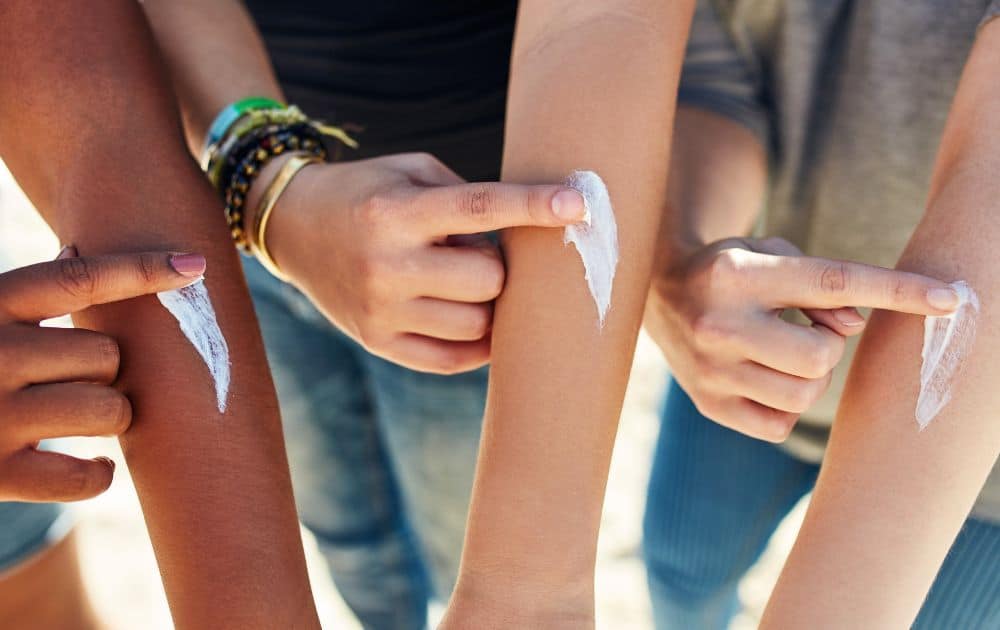
This might seem obvious, but sustainable cosmetics brands should make products that consumers want.
We all have different skin types and requirements for our skincare.
We like to see beauty brands accommodate by providing inclusive ranges that factor in different skin types and colors and makeup that works with combination, oily, or dry skin.
10. Pay It Forward
While charitable giving isn’t a necessary requirement, we’re inspired by socially conscious brands that help make a positive difference.
Some brands are 1% for the Planet members, giving 1% of their earnings to environmental causes.
Other brands use their platform to support causes they care about, donate to social or environmental charities, or give back through their own charities.
Sustainable Skincare Routine: 7 Beginner-Friendly Tips
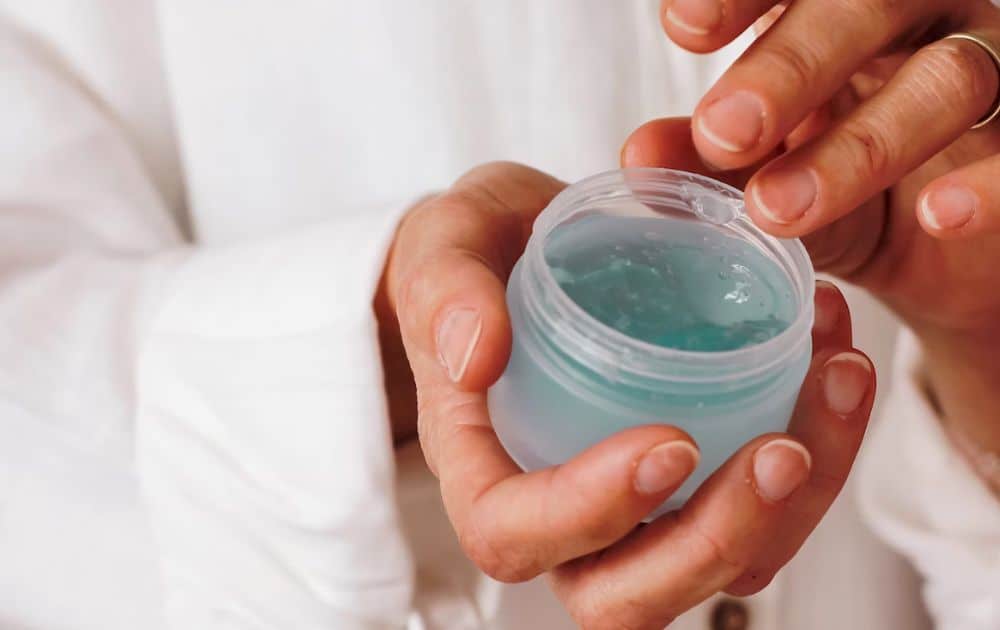
1. Use It Up
The first step towards switching to a more sustainable skincare routine is to use what you have already.
You don’t need to go out and buy a whole new skincare range straightaway, if at all.
2. Dispose Of It Properly
Once you’ve reached the end of your skincare products, recycle or repurpose the packaging. You can wash out bigger cosmetic pots and use them as plant pots, make DIY candle holders, or homemade organizers.
You can also make the most of beauty packaging recycling schemes.
Brands have partnered with TerraCycle to allow you to send in any hard-to-recycle plastic packaging for free.
The plastic waste is then turned into a waterproof alternative to plywood, which can be recycled repeatedly after use.
3. Do Your Research
Figuring out what beauty brands are not sustainable and what ones are is arguably the trickiest part of developing an eco-friendly beauty routine.
Why?
Because the greenwashing of “natural” beauty products is rampant and it’s not uncommon to find standard chemical cosmetics marketed as such just because they contain a few scant natural ingredients.
Look into skincare brands carefully so you can feel confident that they have truly sustainable practices.
Key areas of research to focus on include:
- Values: What drives them to do what they do?
- Ethics: Are they concerned about skin health, the environment, and ethical ingredient sourcing?
- Marketing campaigns: What message do they use for their green cosmetics? Is it convincing? Does it seem like greenwashing?
- Certifications: Are they accredited by any associations such as COSMOS, Fair Trade, or the Vegan Society?
- Animal welfare: Are they certified cruelty-free and vegan? Are the ingredients they use free from animal testing? Do they have the Leaping Bunny logo?
- Where they spend their money: Are there any charities or organizations they support to help make the world a better place?
- Transparency: Are they transparent about their ingredient sourcing and how they treat their workers?
- Product range: How many products do they release a year? Is it a lot, and are they focused on wanting you to buy the latest products in the range?
4. Become a Label Reader

After you’ve done your brand research, you’ll still want to get accustomed to reading the ingredients labels on each and every product you buy.
Familiarize yourself with both common natural skincare ingredients and their purposes—as well as skincare ingredients to avoid and their dangers.
For any unfamiliar ones you encounter, utilize ingredient checkers like the Skin Deep Database by the Environmental Working Group.
5. Buy With A Minimalist Skincare Routine In Mind
What is sustainable skincare?
It’s all about using a few good quality products that go a long way, so you don’t get overwhelmed or overbuy.
This approach will do the planet, your skin, and your wallet a huge favor.
6. Reuse Where Possible
Resist the temptation to discard half-used skincare products in favour of shiny new products unless they don’t work for you.
Repeat the next steps, and in time, you’ll be well on your way to perfecting your ultimate sustainable skincare routine!
7. Ban Face Wipes From Your Bathroom
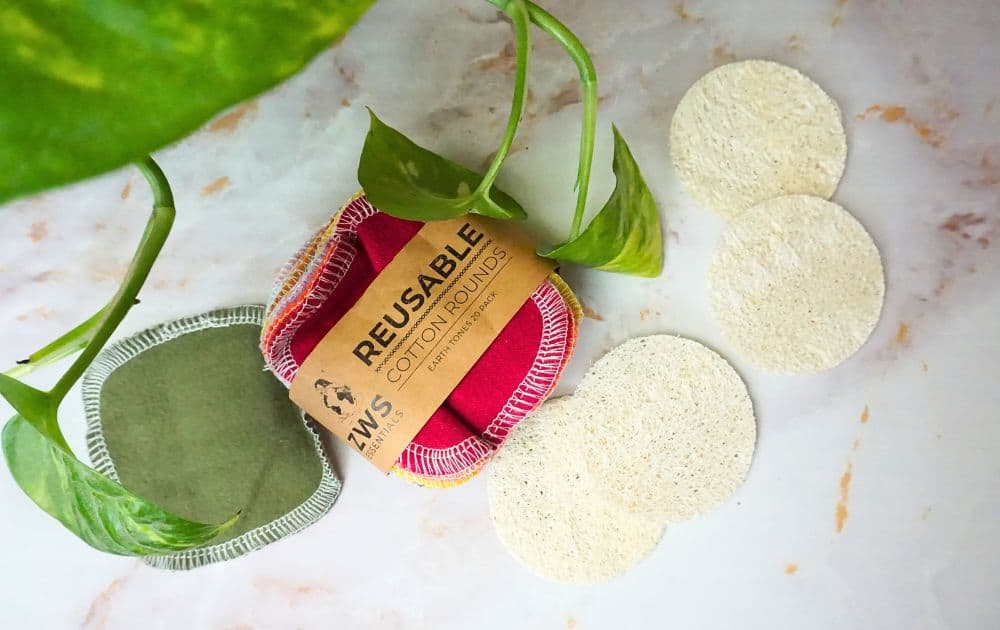
Instead, use reusable makeup remover pads, muslin cloths, or organic cotton towels. All you need to do is put them in the wash, and it saves you from throwing anything out!
8. Use Less Water
This may seem like an obvious one, but you would be surprised at how many gallons of water go down the drain when you’re brushing your teeth or washing your face.
Simply turn off the tap when you don’t need it. Easy.
Closing Thoughts On Eco-Friendly Beauty
The beauty industry is as ugly as fast fashion. Many beauty and skincare brands launch a new product line several times a year. That does not include product upgrades and new colors being launched.
They’re then marketed to consumers as the whole new holy grail of skincare, encouraging them to get their hands on them before they’ve finished the products they’re already using.
As a result, the average person spends $1,754 a year on beauty products in the US.
It’s a wasteful trend, not just because of the accumulation of usually non-recyclable packaging but also the ingredients used in the formulas and the amount of money spent buying new products.
The planet only has a finite number of resources, and keeping up with the latest beauty trends can be a costly habit.
How can you help?
Make the switch to sustainable beauty products and adopt clean beauty practices.
Don’t forget to share this article with your beauty-loving friend to help them get to a clean, green beauty routine.






